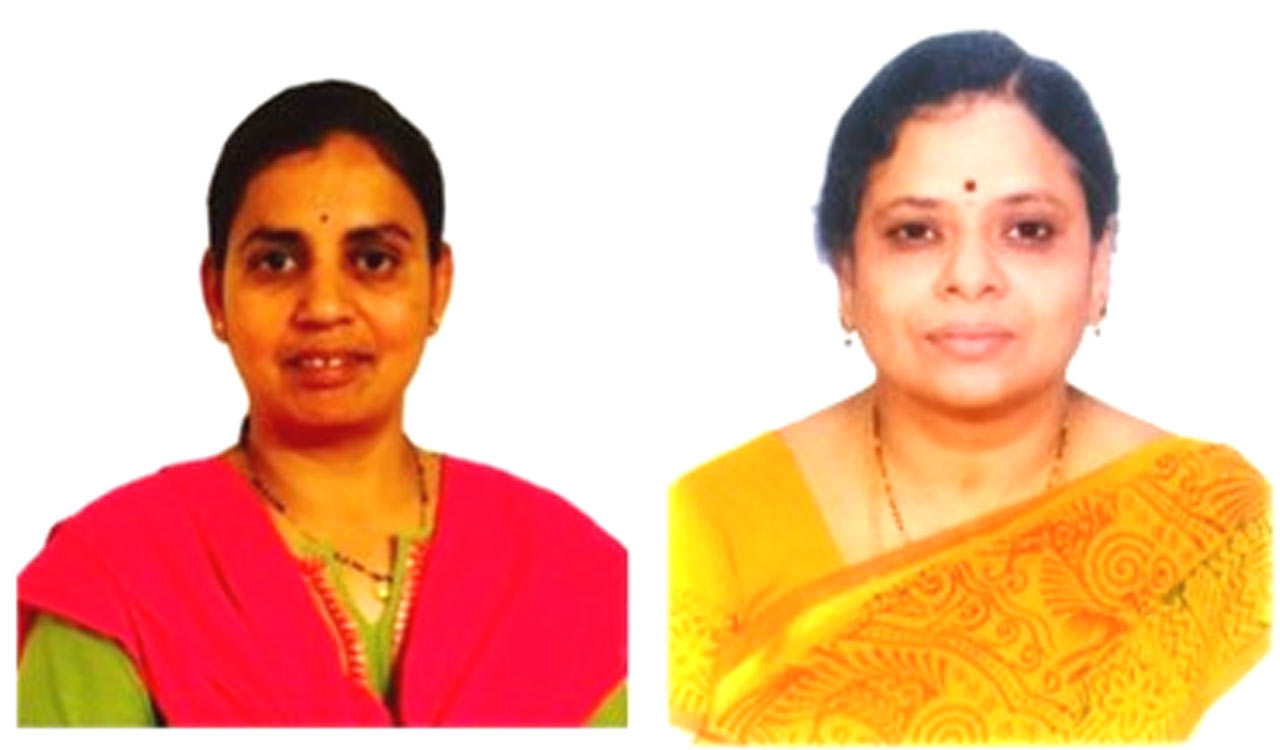
This has been developed in the laboratories of two research scientists Prof. K. Padmasree from the Department of Biotechnology & Bioinformatics and Dr. MK Arunasree from the Department of Animal Biology
Published Date - 03:50 PM, Sat - 2 December 23
Hyderabad: The University of Hyderabad (UoH) has been granted a new patent namely ‘Method for separation and purification of multifunctional Bowman-Birk and Kunitz inhibitors’.
This has been developed in the laboratories of two research scientists from the School of Life Sciences- Prof. K. Padmasree from the Department of Biotechnology & Bioinformatics and Dr. M.K. Arunasree from the Department of Animal Biology. Mariyamma Gujjarlapudi and. Bharti Kotarya actively took part in performing the experiments under their guidance, a press release said.
The patented technology has two distinct features. The first one is the separation of two plant proteins Bowman-Birk and Kunitz inhibitors which are generally inseparable using conventional purification methods and the second is fetching the time required for their independent purification from approximately 10 days to < 24h by applying mild TCA extraction followed by trypsin affinity chromatography.
Prof. Padmasree explained that both Bowman-Birk and Kunitz inhibitors present in plants have several biological functions including the defensive role against invading pests and pathogens. Also, these protease inhibitors are farmer-friendly as they are effective in the management of lepidopteran pests such as Helicoverpa armigera (a pod borer) and Achaea janata (a castor semilooper) which devastate many economically important crop plants of India like cotton, tobacco, groundnut, brinjal, tomato, bendi, capsicum, castor, etc.
Dr. Arunasree added that many proteases involved in the development of cancer and microbial growth act as targets for Bowman-Birk and Kunitz inhibitors. Therefore, the technology developed in the current invention is helpful to both the agriculture sector and pharma companies to produce these inhibitors in large quantities in a limited time using minimal resources and manpower.
Visit publication at:
https://www.sciencedirect.com/science/article/pii/S0141813023009443





Leave a Reply